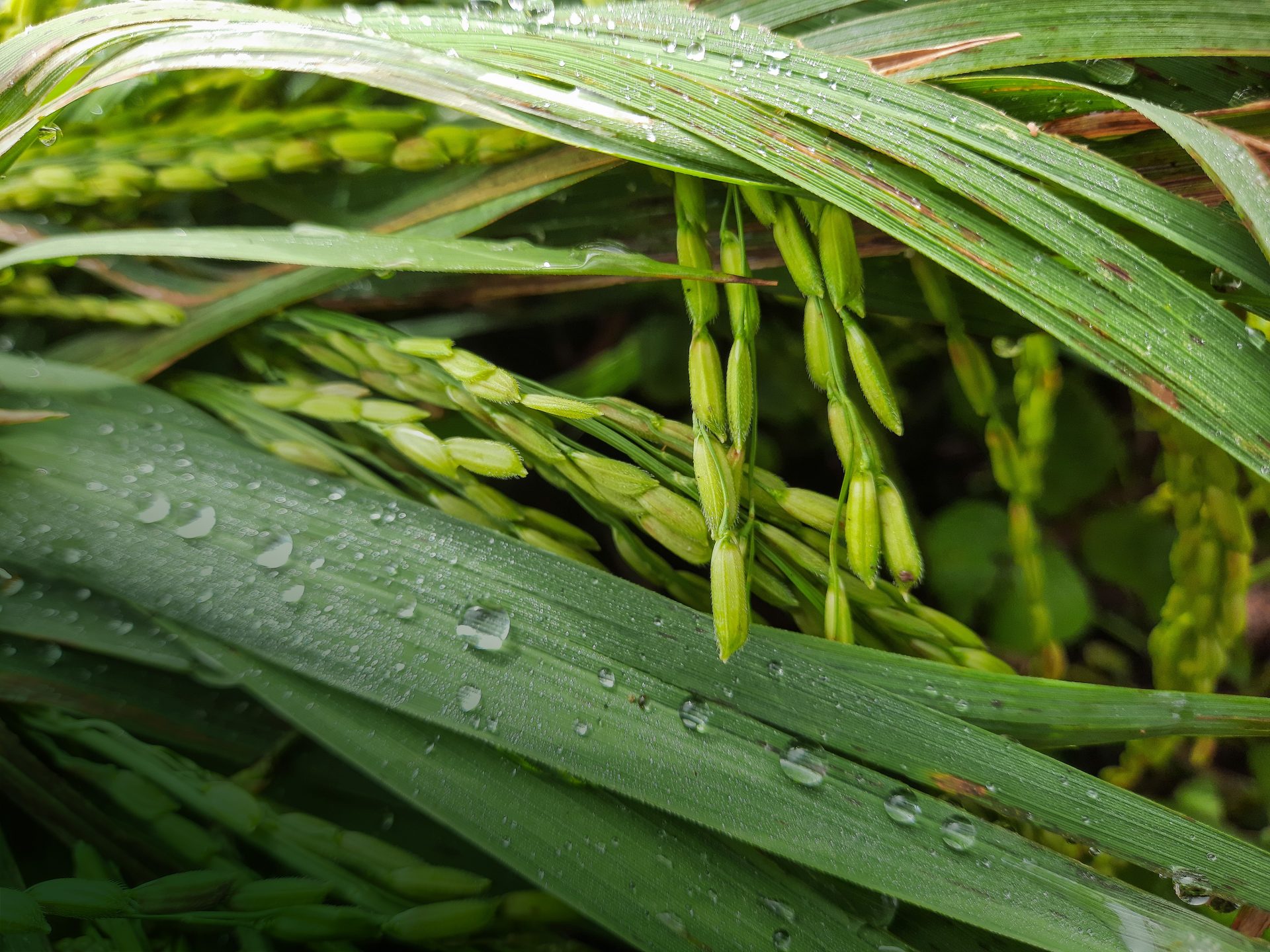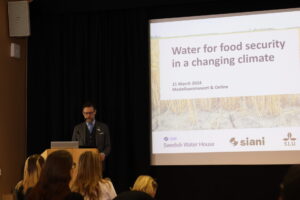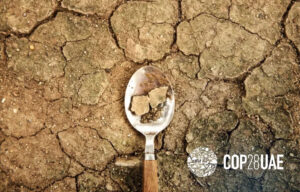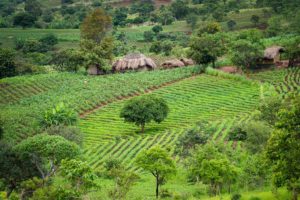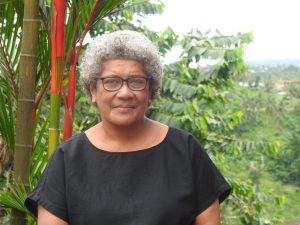Green water investments – the future of Africa?
“It is not a choice. Africa has a few perennial rivers, and thus, farmers rely heavily on rain. ”
Monjo Chavula adds that “There are very few irrigation schemes and access to those is also limited.”
“Established techniques have made it possible to hold greenwater longer in soil, available round the clock to plant roots even during dry spells.” Otherwise, rainwater can “either easily flush away the topsoil, making the farms lose soil, nutrients and water,” says Earle.
What improved techniques for rainfed agriculture consist of varies depending on the region. Some common ones used are mulching and deep bed farming. Mulching involves covering of crops with dried leaves and other matter, that keeps the soil moist instead of the water quickly evaporating during dry season. Deep bed farming requires farmers to dig lines of earth, that allow rainwater to collect alongside crops, that slowly seeps into the earth.
Earle explains that all the techniques related to improved rainfed agriculture have one thing in common: slowing of the horizontal movement of rainwater across the landscape.
The opportunity that investors are sitting on
Every dollar that is invested in enhanced practices for rainfed agriculture yield six times more return, according to a preliminary study led by the Stockholm International Water Institute. A relatively small investment such as 100 USD per year per hectare can lead to a doubling of yields and reduced risk of crops withering during dry spells.
“The private sector has a very significant untapped investment potential,” says Felix Ngamlagosi, Executive Secretary, Zambezi Watercourse Commission (ZAMCOM) Secretariat.
The Zambezi Rainfed Agriculture Investment Forum is going to help close the water investment financing gap, which is estimated to be between 11 to 20 billion per year until 2030.
Yet, there are gaps, highlights Lydie Menouer, consultant of the Transforming Investments in African Rainfed Agriculture project initiated by SIWI. There is a general lack of empirical data to determine the exact socio-economic and environmental benefits of enhanced rainfed agriculture.
“The data are needed for contracts between farmers and investors. We already know of the significant impact by talking to farmers and local communities.” She points out that there is still a need to “effectively package and present these impacts to attract investors, whether they are public or private”.
TIARA is working on the ground in Malawi, Zimbabwe and Zambia to collect such empirical data, and the preliminary findings will be presented in Botswana, at a specially designed investment forum for rainfed agriculture, that is convened by (ZAMCOM). “The Forum has already attracted financiers and private investors, alongside members of Ministries in the eight member countries of the Zambezi Water Course,” Menouer adds.
How does this secure Africa’s future?
By 2025, Sub-Saharan Africa countries will be importing food to the value of 110 billion USD every year. What is worth noting, is that much of this money is not owned by Africa but reaches the region through foreign aid. Earle raises concern that “The inflow of foreign aid is likely to be significantly cut down over the coming years” making this an unsustainable expenditure.
Every dollar that is spent on importing food, could have been used to create jobs and food security within the continent. Currently, food imports directly impact the livelihoods of 2.17 million people, as food could be cultivated, processed and marketed locally instead of being imported.
95% of staple food production in Africa relies on rainfed agriculture, which receives only 5% of public agricultural money. ”We are looking in the wrong direction”, says Earle. The resources lie within Africa. 60% of the world’s unused agricultural land is in Sub-Saharan Africa.
In other words, if investments in rainfed agriculture are boosted, the potential for job creation is so immense, that productivity could increase to a point where it will be no longer necessary to import primary foods into Africa.
Investments are needed. Will policy adapt?
The Zambezi Rainfed Agriculture Investment Forum to be held in Gaborone, Botswana on August 8-9 will be a key moment to exchange knowledge and adapt policies that make investments in rainfed agriculture attractive for the private sector.
Ngamlagosi describes a larger systemic change that is needed to attract the private sector: stable and transparent policies in agriculture, clarity on land acquisition, promotion of local agricultural products and access to transport and storage facilities.
“Having the right policy structures in place is the responsibility of the government.” He says that when it comes to managing green water itself, the scope is very different from that of lakes and rivers. It is in fact managed by “farmers, foresters rangeland users,” He views farmers as the front-line managers of water, “especially for Africa, as their actions cumulatively have a significant impact on the management of water resources” and ultimately, the food that is produced in Africa.
Never before has this sector been “so strongly advocated for.” In August, the Forum will bring together, for the first time, representatives of agriculture, finance and water ministries of the eight member states of ZAMCOM: Angola, Botswana, Malawi, Mozambique, Namibia, Tanzania, Zambia and Zimbabwe, reflecting their commitment to attract finance to rainfed agriculture.
It is going to help close the water investment financing gap, which is estimated to be between 11 to 20 billion per year until 2030, according to Ngamlagosi.
Zambezi Rainfed Agriculture Investment Forum (8-9 August)
The Forum is bringing together representatives from the 8 member state ministries, and other stakeholders such as private investors, think tanks, agri businesses. You can follow the sessions online and put forward your questions to our panellists.
Join us online